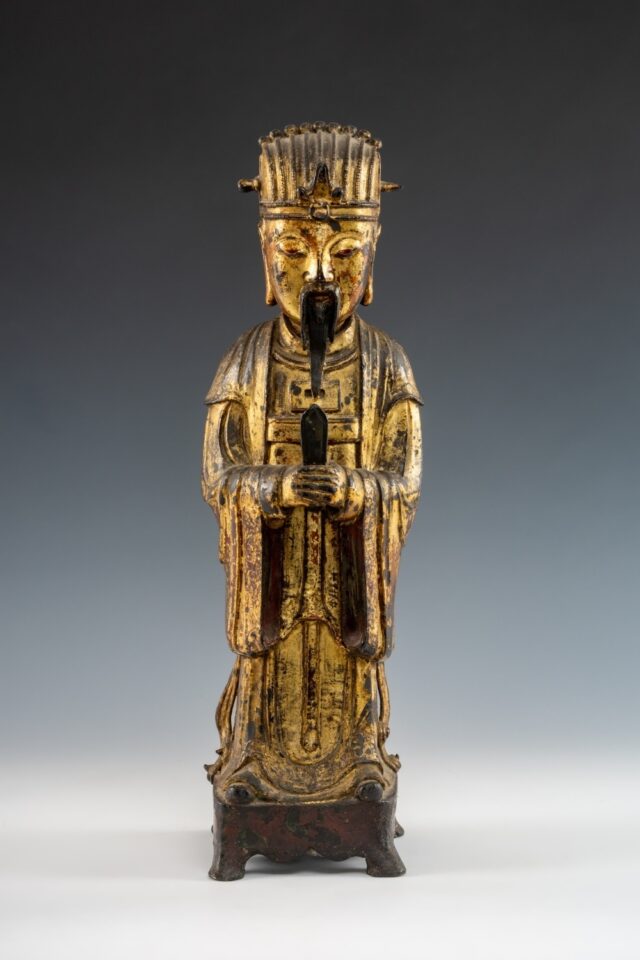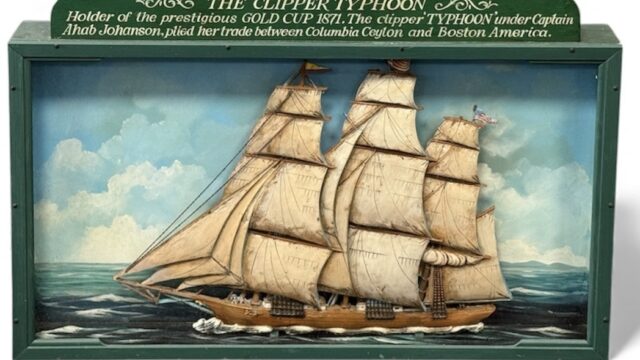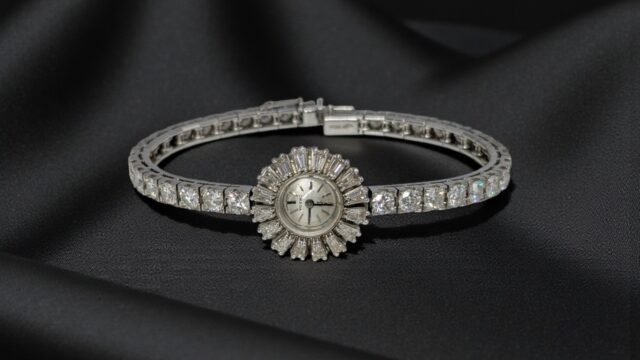Bronzes
Archaeologists continue to salvage from sea-beds around the world, magnificent bronze sculptures from ancient times, often unscathed after millennia, remaining wonderful in appearance.
The ancient Greeks and Romans are famous for their bronze statues which we admire in museums all around the world.
Literally thousands of Greek and Roman images of gods and heroes, victorious athletes, statesmen, and philosophers filled temples and sanctuaries, and stood in the public areas of major cities. These large-scale pieces of art continue to influence artists from western Europe to the present day.
























































Bronze is an alloy of copper and most commonly tin, sometimes with additional metals such as zinc, nickel, manganese or aluminium. The formulas are tailored to create an alloy that it is harder than copper alone or to have other benefits such as pliability, ductility or stiffness depending on the application.
But it is bronze’s durability and the wide range of aesthetic effects that offers so much to craftspeople and artists and for this reason it remains highly respected as a medium.
The material is still used for works on all scales too, from the minute to the monumental and in recent centuries it has transcended all movements and periods, from neo-classical to art deco and post-modern.
Yet the process of casting in bronze is a challenging one, it requires close collaboration between the artist, foundry, maker, and engraver. But the resulting piece can be stunning as the material responds like no other to the rendering of varied textures, patina and fall of light. Working in bronze brings about unique and unexpected finishes which excite the artist and the market. It will always therefore be a medium that is held in great esteem by collectors.
In modern art, names such as Henry Moore, Rodin and Barbara Hepworth may spring to mind when we think of bronzes. But many other famous names in art experimented with the material including Picasso, Jeff Koons, Willem de Kooning and Matisse. The Welsh art scene has artists who have worked successfully in the medium too, such as Moelwyn Merchant and John Meirion Jones.
Earlier bronze objects such as vessels can sometimes be dismissed by owners as being valueless as they may look plain and innocuous or perhaps even brutal. I recall a plain bronze Chinese censer selling at our salerooms in Colwyn Bay for £26,000. This was after being dismissed by the vendor who had assumed that it was brass and had no value. This was a simple undecorated shallow dish.
We have offered at auction hundreds of items in bronze over the years, so I have chosen a range of images below which prices, demonstrating the variety that come to the market. You will also see a huge variation in prices depending on the artist, subject matter, size, rarity and effects.
If you have metal objects which you think are possibly bronze such as vessels or you have bronze figures and art then we would be delighted to have a look at your items by email to assess.
Items can be valued free of charge without obligation. Please contact:
North Wales - Stephen Roberts stephen.roberts@rogersjones.co.uk
South Wales - Philip Keith philip.keith@rogersjones.co.uk
West Wales - Charles Hampshire charles.hampshire@rogersjones.co.uk




